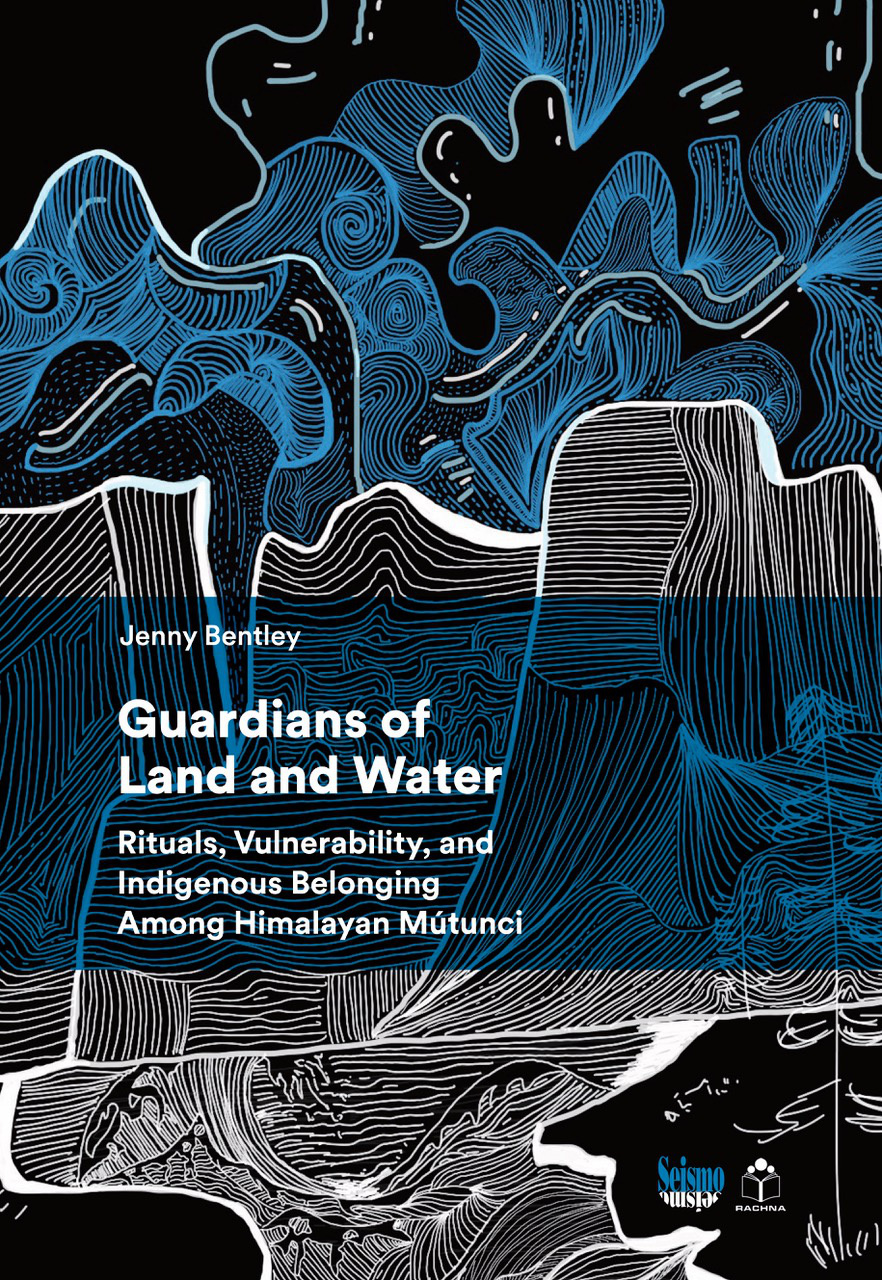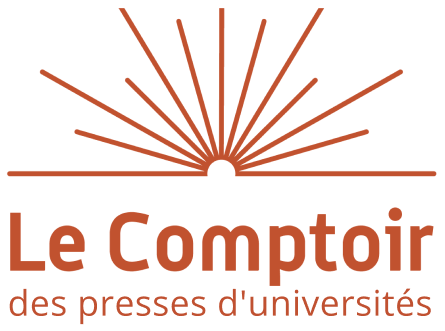Nouveauté

Guardians of Land and Water
Rituals, Vulnerability, and Indigenous Belonging Among Himalayan Mútunci
Bentley JENNYEditeur
Editions SeismoDate de publication
23 octobre 2025Résumé
The book offers a detailed analysis of the pluriverse of an Indigenous community in the south-eastern Himalayas. It is a rare deep-dive ethnography of the Mútunci community – more commonly called by their exonym Lepcha – and the ontologies and strategies activated in ritualised struggles to reduce marginality and ensure a good life.
FORMAT
Livre broché
43.00 €
Ajout au panier /
